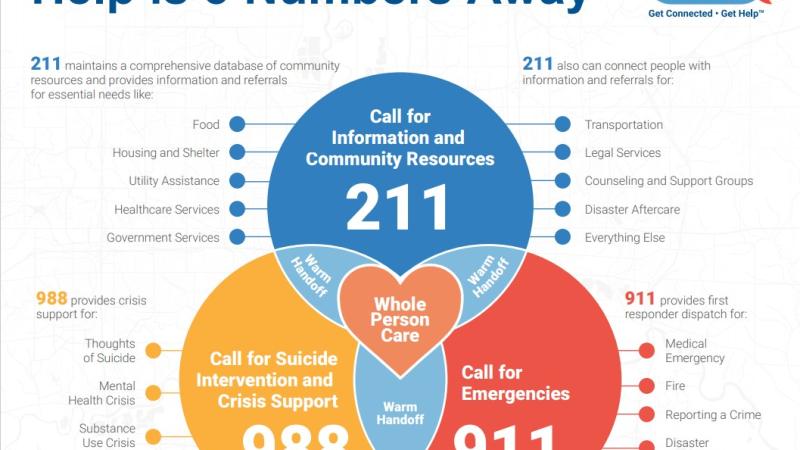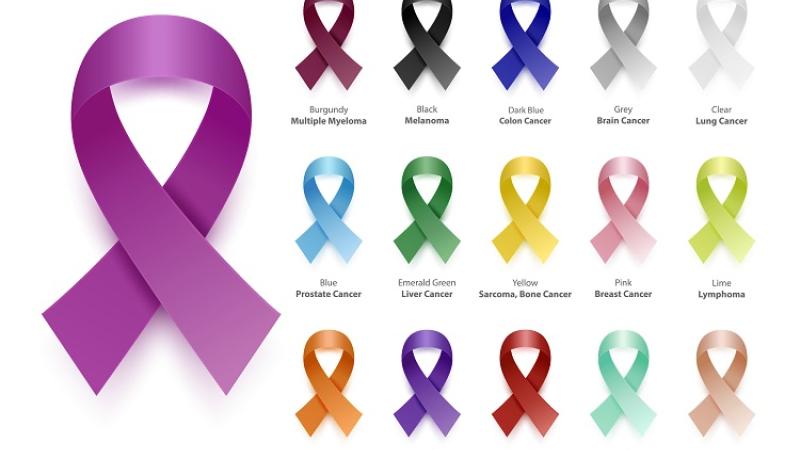
February 18, 2021
Broadwater Reporter
Reading Labels for Heart Health
By Jaime J. Larese, MS RDN LN CTTS
February 18, 2021
Each February, American Heart Month is celebrated as a time to spotlight heart disease – which is the number one killer of Americans. Recommendations regarding the ideal heart-healthy diet have evolved significantly over the past 50 years, and the most recent 2020-2025 Dietary Guidelines for Americans stresses that a person’s overall dietary pattern, rather than focusing on single nutrients or foods, is what matters most. The guidelines emphasize eating more nourishing foods and beverages while limiting those with high added sugar and too much salt, among others, as they can contribute significantly to heart disease risk. One of the best ways to assess if foods are heart healthy is to read the food label. It is here you will find the go-to answers by assessing the ingredient list, along with the added sugar, fiber, and sodium contents.
Ingredient List: Real food has nourishment that helps to combat disease and promote heart health while most processed food products do not provide any nourishment. Would you be able to get all the ingredients listed to make it yourself? Many ingredients are only accessible to manufacturers and are used for shelf stability, taste and texture. Eating too much processed food products is shown to increase our body’s inflammation and our risks for heart disease. Bottom line: Use the ingredient list to make more real food choices and avoid ingredients you don’t recognize as kitchen staples.
Added Sugar: Did you know there are over 56 different types of added sugars food manufacturers use in food products? Sugar is not bad when we stay within the recommendations of 6-9 teaspoons per day – but the average American is consuming over 22 teaspoons per day. Too much added sugar increases our body’s inflammation and our risk for heart disease. Most labels now separate natural sugars from added sugars so look to the latter row to assess just how much is in the food (pssst...4 grams = 1 teaspoon). Note, there are a slew of FDA-approved sugar substitutes that will only be listed in the ingredient list and not included with added sugar grams. These sugar substitutes make the product technically “sugar-free” but these substitutes can cause their own host of digestive and inflammatory issues. Bottom line: Instead of substituting real sugars with fake sugars, it's best to just stay within the recommendations by assessing the amount in the product and looking to the ingredient list. Don't hesitate to add your own natural added sugar (pure maple syrup or honey among others) to plain products like yogurt if you want to add a little sweetness.
Fiber: Only five percent of Americans are achieving the adequate intake of fiber. Fiber is important for numerous body processes that include reducing bad cholesterol in your blood, which is a risk factor for heart disease. It’s important to focus on whole foods that contain fiber rather than relying on the numerous processed food products touting high synthetic fiber. Save for any serious digestive flare-ups, it’s recommended to consume 25-30 grams of natural fiber per day. You can get fiber easily with foods that often times don’t have food labels (like fruits and veggies), but whole grains, legumes, and seeds contain good amounts and the fiber will be listed on the food label. Just inspect the ingredient list to identify any fiber ingredients you don’t recognize. This is a dead-giveaway they’re synthetic.
Sodium: Most packaged foods contain added salt for preservation and taste methods so the food is actually palatable. But, eating too much sodium can lead to increased blood pressure, which contributes directly to risks of heart disease and stroke. While you don’t have much control over sodium when you eat out, the labels on foods you buy can help you make better choices. Rather than looking at the milligrams listed in the sodium row – scroll to the right of that number and look for the percentage. Based on the serving size (very important to know the serving size) it will tell you what percentage that food contains based on recommendations. You have 100 percent to ‘spend’ on sodium in a day – so foods with <5% sodium per serving are heart healthy and those >20% per serving are not. Make sure to multiply by any additional servings you plan to eat – and spend your daily limit wisely.
Jaime J. Larese, MS RDN LN CTTS, a Registered Dietitian and Certified Tobacco Treatment Specialist, is the Wellness Promotion Developer and Educator at St. Peter’s Health. She received her Bachelor of Arts in journalism from the University of Montana and a master’s degree in human nutrition and food science from the University of Maine. Originally from Idaho, she has lived and worked in Helena since 2012.


